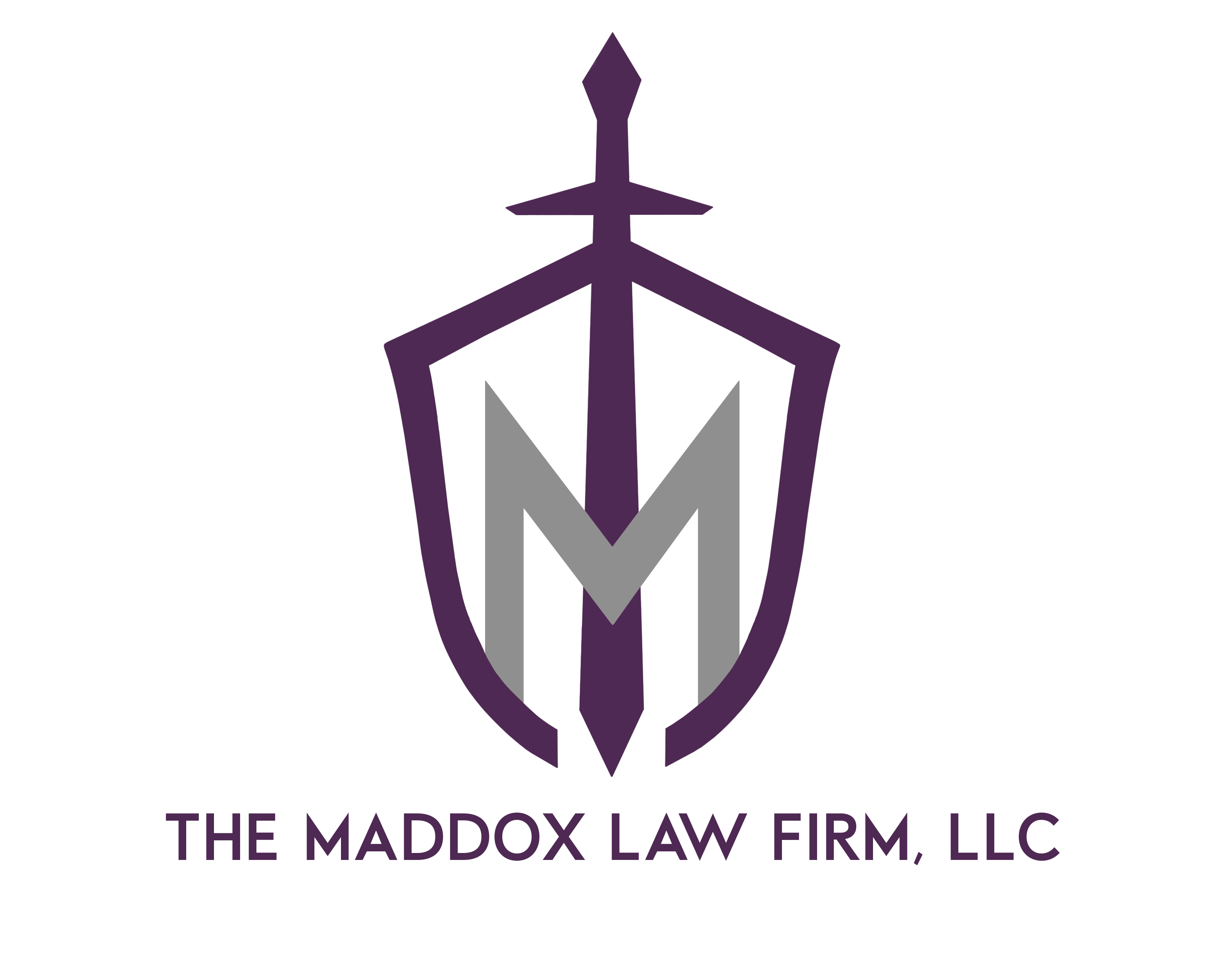Before you become involved in a Connecticut lawsuit over a trip and fall or slip and fall, here’s what you need to know:
1. You have to establish who controlled the property. “Control” means the power or authority to manage, superintend, direct, oversee, restrict or regulate.
Evidence of control can include
- acts of maintenance, such as fixing, repairing, cleaning, painting, performing upkeep – or the power to direct those activities;
- acts of inspection such as conducting or directing inspections or surveys of the property;
- acts restricting or allowing entry onto the premises;
- acts warning others of conditions or boundaries on the property, or setting or laying out rules for conduct upon the property;
- using the premises or property to store things, or to receive mail, visitors, customers or deliveries. Connecticut Civil Jury Instructions, 3.9-9
2. The next thing that you need to show is that the person or company in control of the property knew of the defect. That means that they had notice.
Notice can be either actual notice or constructive notice. If they had actual notice, then they were directly informed of the defect, preferably with a letter or other written communication. It may also be shown through testimony of a witness who can reliability describe having told the property owner about the defect.
Actual notice requires proof that the property owner actually knew of the unsafe condition long enough before the plaintiff’s injury to have taken steps to correct the condition or to take other suitable precautions.
If the condition is one that was created by the defendant (or one of the defendant’s employees), then that constitutes actual notice. Connecticut Civil Jury Instructions, 3.9-12
Constructive notice is more subtle and more difficult. This is the type of notice that must be proven if you can’t prove actual notice.
Constructive notice means that the defendant, using reasonable care, should have known of the unsafe condition in time to have taken steps to correct the condition or to take other suitable precautions.
Evidence of constructive notice may be based upon whether the property owner inspected the premises on a reasonable basis or in a reasonable way.
The length of time that the condition existed may also be used to to determine whether the defendant should have known of the condition if the defendant had been using reasonable care. Connecticut Civil Jury Instructions 3.9-13
3. The accident can’t be your fault. I know this sounds ridiculously obvious, but what this means in a Connecticut slip and fall or trip and fall case is this: you have to have been looking where you were going, behaving reasonably and using the type of caution that a reasonable person would use under the circumstances.
Those are the three primary things that you need to have in order to successfully pursue a Connecticut slip and fall, Connecticut trip and fall or Connecticut defective premises case. If you have all three and you’re seriously injured, call the Maddox Law Firm today.




